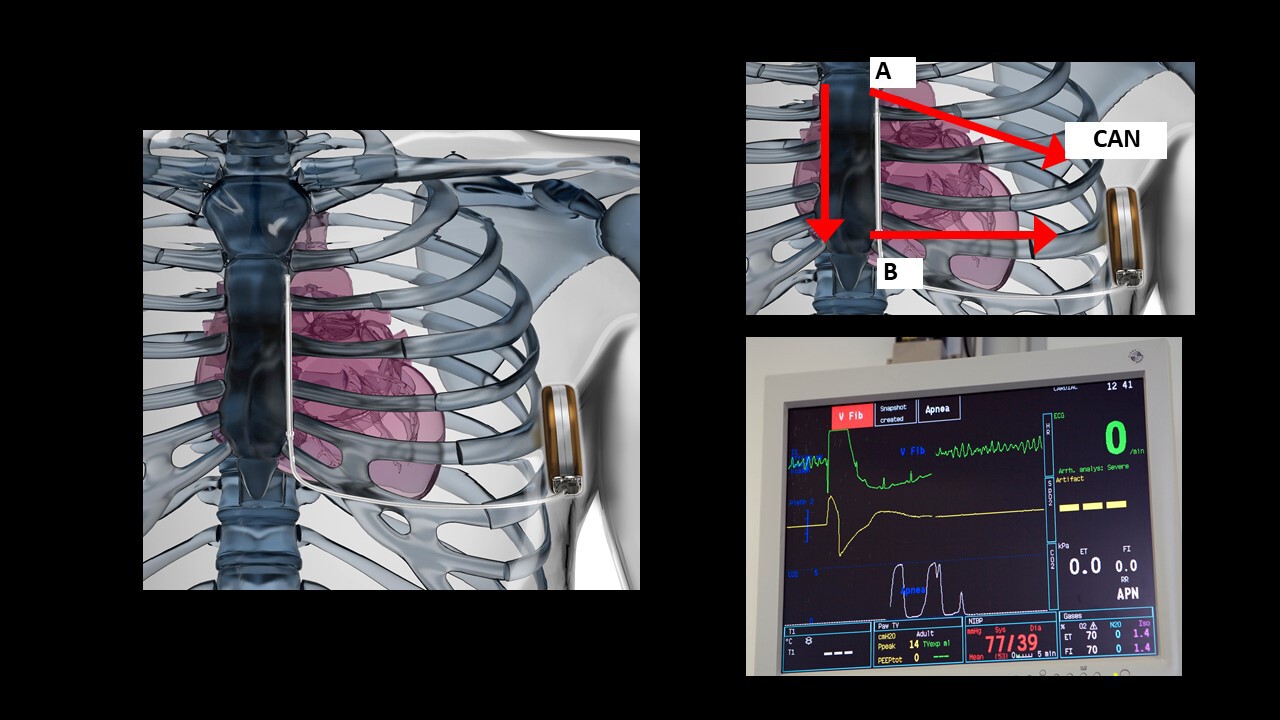
Problems with the rhythm of the heart (arrhythmias) are a major cause of sudden cardiac arrest, causing 4.5 million deaths annually worldwide.
Research at the University of Cambridge from 2002 to 2019 aimed at understanding the fundamental biochemistry of electrical errors in the heart has led to the creation of the first subcutaneous implantable cardioverter defibrillator (S-ICD).
Unlike other ICDs used to manage arrhythmias, the S-ICD does not need to be inserted into the heart’s veins, greatly reducing risks of surgery and likelihood of failure. It particularly enhances quality of life for young patients facing a lifetime of device therapy or those at increased risk of infections.
Since 2013, this device has been used to treat nearly 90,000 patients across 42 countries.
The research has also led to a new diagnostic tool, AcQMap, commercialised in 2018, which allows for high quality imaging from inside the heart chamber, facilitating personalised treatment for the first time.
“Now that I have the… device I’m back to like my old self. I can exercise, I can play sports again. I can go back to wake boarding and jump off 70ft cliffs and give my mum a heart attack and not have to worry about having one myself.”
– Patient


